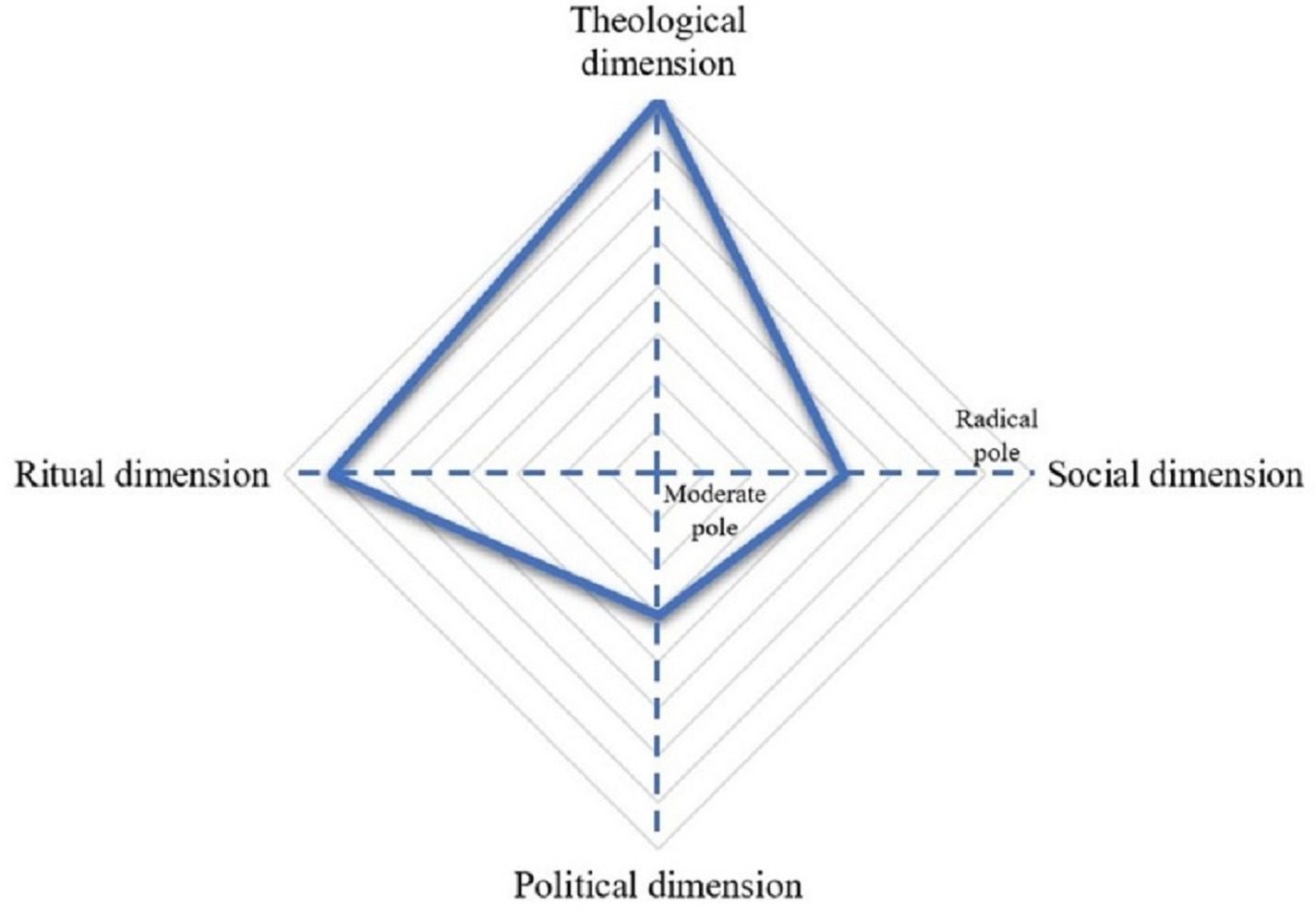This article highlights ten examples of religious tolerance throughout history and in modern times. From the ancient Persian empire’s acceptance of other religions to modern-day Canada’s policy of multiculturalism, these examples show how different societies have embraced religious diversity and allowed people to practice their own faiths without fear of persecution. Emperor Ashoka’s edicts in ancient India promote religious tolerance, while the Ottoman Empire’s Millet system allowed different religious communities to govern themselves. The Mongol Empire’s policy of religious diversity helped it prosper for over a century, and ancient Greece’s acceptance of multiple gods allowed for the acceptance of other cultures and religions. Emperor Akbar of India is known for his policy of religious toleration, and the United States’ First Amendment protects religious freedom. Finally, the Roman Empire’s eventual acceptance of Christianity and modern-day Canada’s policy of multiculturalism are other examples of religious tolerance that demonstrate how different societies have embraced diversity and reflected on their own policies over time.
1. Ancient Persia’s Zoroastrianism
One of the best examples of religious tolerance in history was the ancient Persian empire, which was home to many different cultures and religions. The Zoroastrian religion was the dominant faith in Persia, but the Persians did not persecute other religions.
2. The Maurya Empire’s Edicts
In ancient India, the Maurya empire under Emperor Ashoka saw the spread of many different religions across their land. Ashoka’s edicts, inscriptions etched onto pillars and rocks, promoted religious tolerance and even encouraged the study of other religions.
3. Ottoman Empire’s Millet System
The Ottoman Empire’s Millet system allowed different religious communities to govern themselves, without interference from the government. This system created a sense of religious tolerance, and communities were able to practice their own faith and customs without fear of persecution.
4. Mongol Empire’s Tolerance of Religious Diversity
The Mongol Empire was known for its religious diversity, with Mongol rulers often adopting different religious practices from the conquered people they ruled. This policy of tolerance helped the empire prosper for over a century.
5. Ancient Greece’s Acceptance of Multiple Gods
In ancient Greece, the people worshipped many different gods, and each city-state had its own specific deities. This religious diversity allowed for the acceptance of other cultures and religions, with many Greeks adopting and accepting the religious traditions of the people they conquered.
6. Islamic Spain’s Golden Age
During the Islamic Golden Age in Spain, Jews, Christians, and Muslims coexisted peacefully, sharing knowledge and ideas. This period saw the building of many great universities and libraries, and people of all religions were able to contribute to the flourishing culture.
7. Emperor Akbar’s Policy of Religious Toleration
Emperor Akbar of India is known for his policy of religious toleration, especially towards the Hindus who made up the majority of his population. Akbar encouraged the study of different religions and even created his own religion, Din-i-Ilahi, which blended elements of Islam, Hinduism, and other religions.
8. Roman Empire’s Acceptance of Christianity
Despite early persecution of Christians in the Roman Empire, Christianity eventually became accepted and even the official religion of Rome. This acceptance allowed for the spread of Christianity across Europe and the world.
9. The United States’ First Amendment
The United States’ Constitution’s First Amendment protects religious freedom, the right to practice any religion or no religion at all without interference from the government. This commitment to religious freedom has helped the US become a haven for people of many different faiths.
10. Modern-day Canada’s Multi-Culturalism
Canada is known for its policy of multiculturalism, which encourages people of all religions and cultures to live and work side by side. This policy has helped Canada become one of the most accepting and diverse countries in the world.
